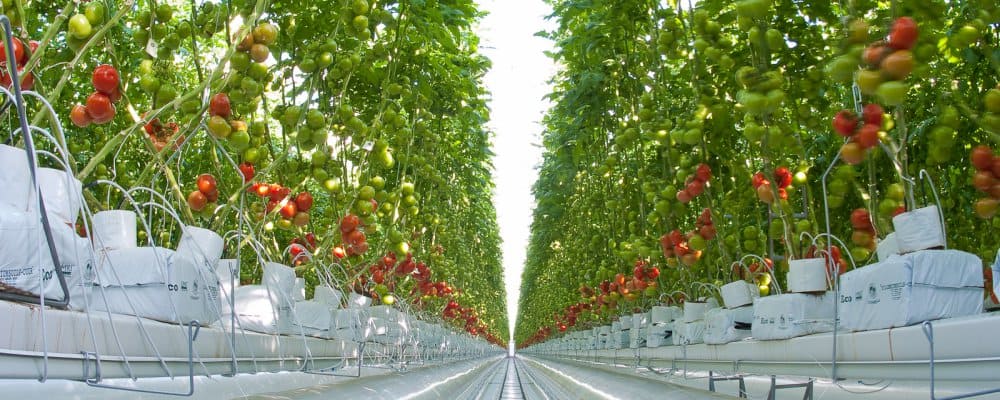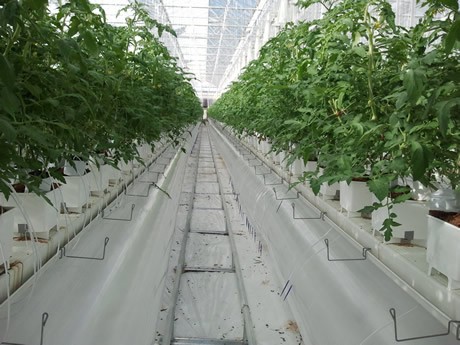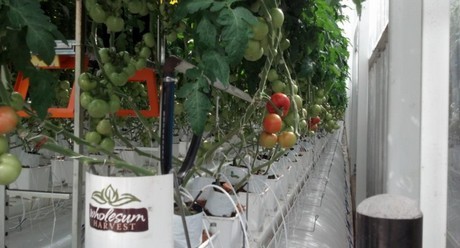
With the climate conditions becoming so difficult to predict and patterns so erratic, it seems that many of the farmers are understandably increasingly concerned. I know my farm in Louisiana had some unexpected winds as a result of a hurricane that blew our crops down. And the drought in California was unreal. It’s so troubling, and many farmers are put out of business as this happens.
I have been meeting more and more growers (farmers) who are using greenhouses as a way to have at least some control over the situation, so I wanted to look a bit more closely into them and try to understand their benefits.
With greenhouses, there is a lot of advantages. Control is a great part of it, and farmers can control the water, the temperature, the environment, all of which create great and long-term opportunities for growing food. Because of this controlled environment, during any extreme weather, it’s possible to grow food. And that’s very helpful to those in arid areas, or extreme cold.
Plus, with a controlled environment, it can help one keep a closer eye on plant diseases like fungi, bacteria, viruses. This decreases the need for pesticides and herbicides because the walls of the greenhouse protect the crops from animals, insects, and air and water borne plant diseases.
They also decrease the need for weeding and synthetic chemicals because the controlled environment does not let in unwanted weeds.
With these benefits, greenhouses can strengthen food security by increasing crop yields, because it can grow food for longer periods of time (as opposed to an open field farm), thus increasing food security. For example, an orange tree anywhere north of Florida would have a hard time during the colder months, but in the warmth of a greenhouse, it can bear fruit all year long.
Many greenhouses recycle water from the floor using hydro technology to clean and reuse water, which means surrounding water outside is completely safe for the environment. This means when there’s an organic food company, like Wholesum Harvest, it does not use harmful chemicals, so runoff contamination is not a risk anyway. Solar energy is often used, as renewable energy often goes hand in hand. In fact, with Wholesum Harvest’s greenhouses, solar energy accounted for 34% of their consumed electricity in 2012.
And, according to Wholesum Harvest,
“These are just the beginning. We’re constantly looking for ways to reduce our impact on the environment. We take our stewardship of the planet seriously and are proud to say that our team members make it a practice to utilize resources responsibly.”
I think the greenhouse growing method is smart and necessary, and I’m looking forward to learning more about them and seeing their advancements in the years ahead.





Comments